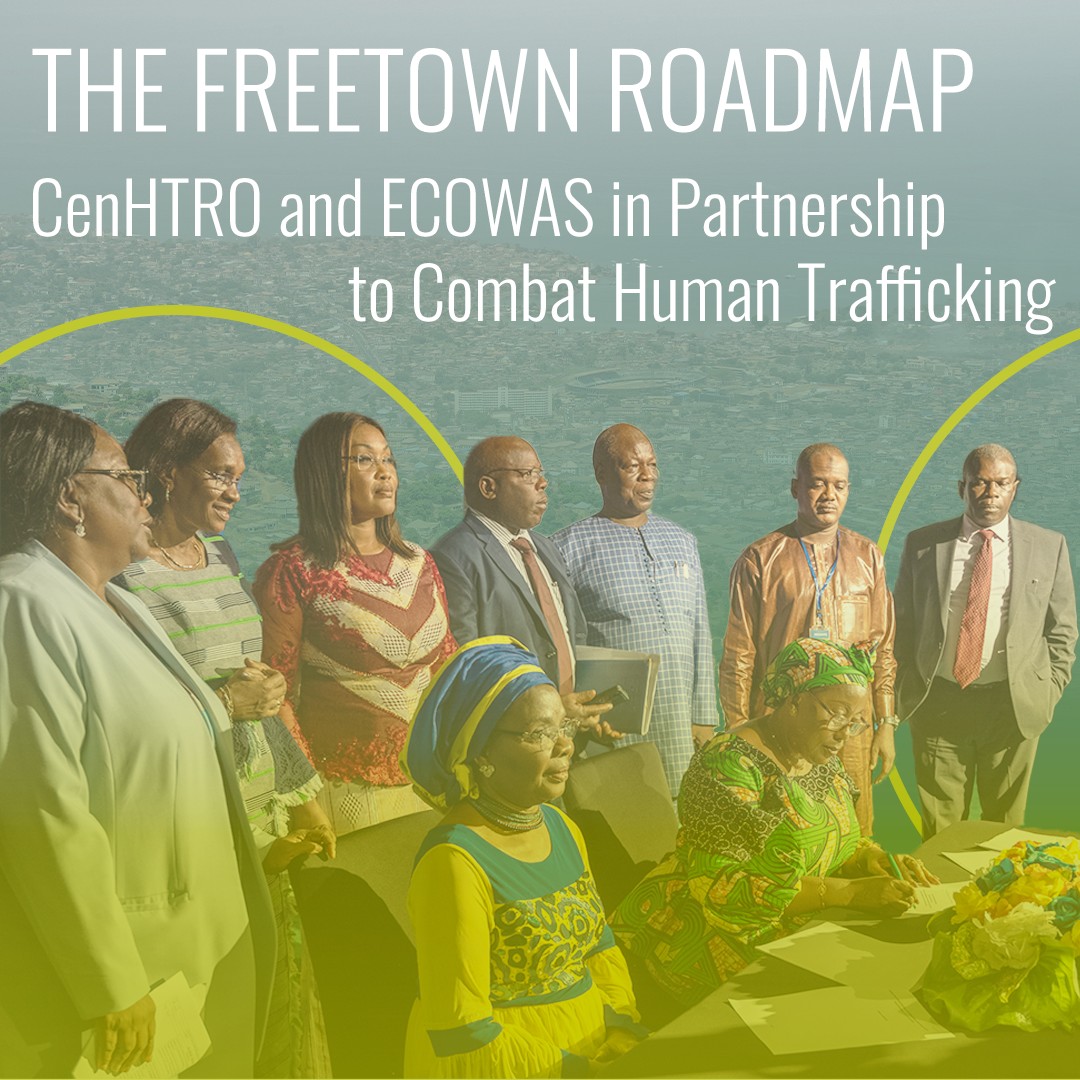CenHTRO’s project in Sierra Leone focuses on child trafficking among children aged 5-17 across all sectors in the Kenema, Kailahun,Kono, and Kambia districts. We work closely with government, NGO, and research partners in a collective impact approach. CenHTRO completed our baseline research in Sierra Leone in 2021 with research partners ResilientAfrica Network and Conflict Management & Development Associates.
Qualitative techniques included in-depth interviews with survivors as well as focus groups and key informant interviews with key stakeholders. The quantitative design incorporated household surveys as well as the Network Scale Up Sampling Methods (NSUM) that is used to reach hard-to-find populations. The standards used in this methodology serve as promising approaches in collecting baseline data and identifying service gaps, while building on community resources and strengths.
CenHTRO’s implementing partner in Sierra Leone is World Hope International (WHI). WHI’s project aims to strengthen the prosecution of perpetrators, provide shelter and psychosocial services, ensure community support for the successful reintegration of child trafficking survivors, and strengthen the harmonization and enforcement of local policies to protect children and implement community sensitization efforts to prevent child trafficking. WHI’s project will serve at least 90 child trafficking survivors through 2024.
Our prosecution project with partner UNODC provides training opportunities to national and local law enforcement and judiciary system actors focused on identifying victims and holding perpetrators of child trafficking accountable. Our advocacy project with Antobert Consultancy advocates with elected officials to gain buy-in and support for implementing anti-TIP activities, and strengthening the effectiveness of policies and laws that regulate child trafficking.
Sierra Leone Program Manager: Claire Bolton
Sierra Leone Country Coordinator: Umaru Fofanah




